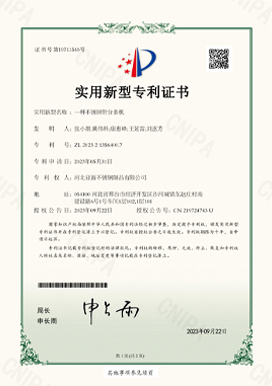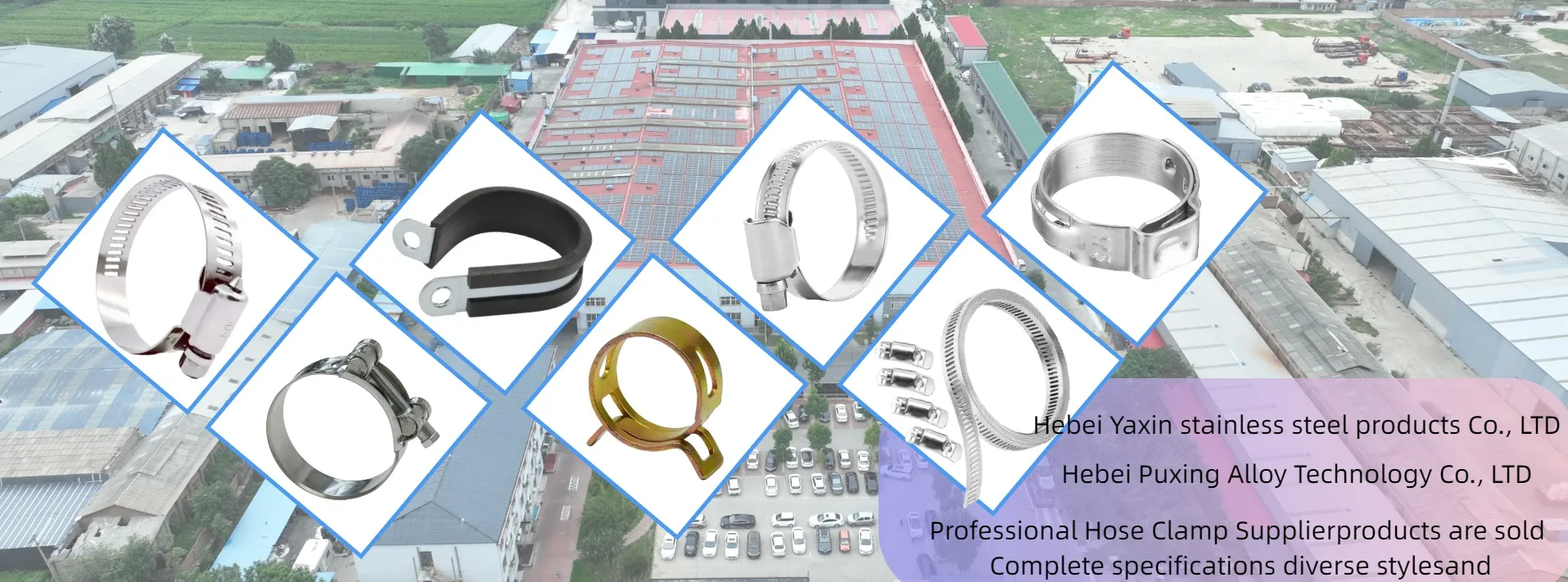- Phone:+86-17331948172 +86-0319-8862898
- E-mail: inquiry@puxingclamp.com
Aug . 09, 2024 05:00 Back to list
Leading Manufacturers of Hardened and Tempered Steel Strips for Various Industrial Applications
Hardened and Tempered Steel Strip Manufacturers An Overview
Hardened and tempered steel strips are essential components in various industrial applications due to their exceptional strength, durability, and resistance to wear. These materials undergo specific heat treatment processes that significantly enhance their mechanical properties, making them suitable for demanding environments. This article explores the manufacturing process of hardened and tempered steel strips, the benefits they offer, and key considerations when selecting a manufacturer.
Understanding Hardened and Tempered Steel
The terms hardened and tempered refer to specific heat treatment processes applied to steel. Hardened steel is achieved by heating the steel to a high temperature and then rapidly cooling it, a process known as quenching. This results in a hard but brittle material. To alleviate brittleness and improve toughness, the steel is then reheated to a lower temperature in a process called tempering. The combination of these processes produces a material that is not only hard but also sufficiently ductile, making it suitable for various applications, including tools, machinery, and automotive parts.
Manufacturing Process
The manufacturing of hardened and tempered steel strips involves several critical steps
1. Material Selection Manufacturers begin by choosing high-quality steel grades that exhibit excellent hardenability. Common grades include plain carbon steels and alloy steels, which provide a good balance of hardness and toughness.
2. Hot Rolling The selected steel is then hot-rolled into strips. This process involves heating the steel above its recrystallization temperature and passing it through rollers to obtain the desired thickness and width.
3. Heat Treatment Once the steel strips are formed, they undergo the hardening process. The strips are heated to their austenitizing temperature and then rapidly cooled using water, oil, or air. Following this, tempering is applied to enhance the material’s toughness.
4. Surface Treatment After heat treatment, additional processes such as shot blasting, pickling, or coating may be applied to improve surface quality and protect against corrosion.
5. Quality Control Throughout the manufacturing process, rigorous quality control measures are employed. This includes mechanical testing, hardness measurements, and dimensional inspections to ensure the final product meets industry standards.
Benefits of Hardened and Tempered Steel Strips
hardened & tempered steel strip manufacturers manufacturer

The superior properties of hardened and tempered steel strips offer numerous advantages
- High Strength and Durability These strips can withstand extreme loads and stresses, making them ideal for applications in the automotive, aerospace, and construction industries.
- Wear Resistance The hard surface of tempered steel offers excellent resistance to wear and abrasion, extending the lifespan of components made from these materials.
- Versatility Hardened and tempered steel strips can be used in a wide range of applications, from manufacturing springs and blades to producing cutting tools and high-performance machinery components.
Choosing a Manufacturer
When selecting a manufacturer for hardened and tempered steel strips, several factors should be considered
- Experience and Expertise Look for manufacturers with a proven track record in producing high-quality hardened and tempered steel. Their experience will often correlate with the quality of the products.
- Quality Certifications Manufacturers should adhere to recognized quality standards such as ISO, ensuring that their processes and products meet stringent requirements.
- Customer Reviews and References Evaluating customer feedback can provide insights into the manufacturer’s reliability, quality of products, and customer service.
- Technological Capabilities Modern manufacturing processes and advanced technology can enhance the precision and quality of steel strips.
In conclusion, hardened and tempered steel strips play a vital role in various industries due to their superior mechanical properties. By understanding the manufacturing process and the benefits of these materials, businesses can make informed decisions when selecting a manufacturer that meets their specific needs. Investing in high-quality steel strips can lead to improved product performance and longevity, ultimately benefiting overall operational efficiency.
-
Large Stainless Steel Adjustable American Type Hose Clamp - Hebei Pux Alloy Technology Co., Ltd|Corrosion Resistance&High Breaking Torque
NewsJul.30,2025
-
Large Stainless Steel Adjustable American Type Hose Clamp - Hebei Pux Alloy Technology Co., Ltd
NewsJul.30,2025
-
Large Stainless Steel Adjustable American Type Hose Clamp - Hebei Pux Alloy Technology Co., Ltd|Corrosion Resistance&Industrial Applications
NewsJul.30,2025
-
Large Stainless Steel Adjustable American Type Hose Clamp-Hebei Pux Alloy Technology Co., Ltd|Corrosion Resistance, Adjustable Design
NewsJul.30,2025
-
Large Stainless Steel Adjustable American Type Hose Clamp - Hebei Pux Alloy Technology Co., Ltd. | High Breaking Torque & Corrosion Resistance
NewsJul.30,2025
-
Large Stainless Steel Adjustable American Type Hose Clamp - Hebei Pux Alloy Technology Co., Ltd
NewsJul.30,2025




